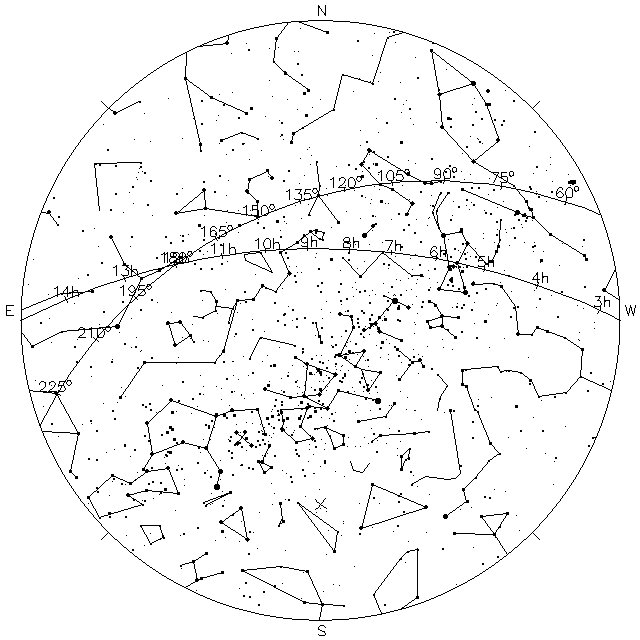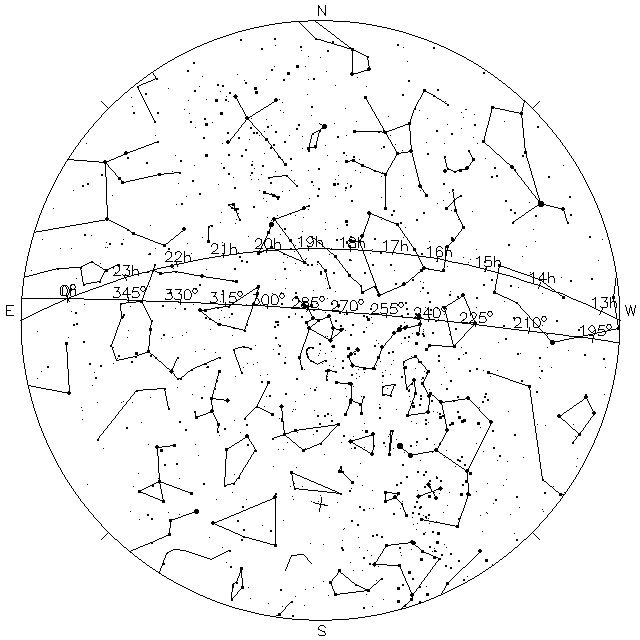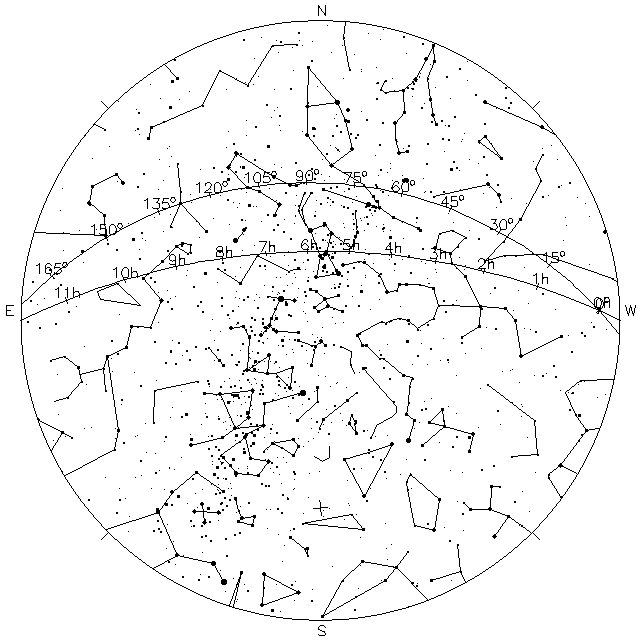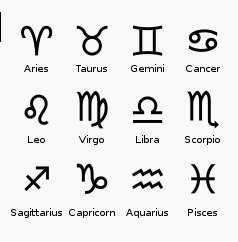|
TRANSLATIONS
The 'tree' (goe) turns in the sky because earth is turning around its axis, once each day. Once a day the 'tree' stands straight up, then it will start to lean, turning counterclockwise. 12 hours from the 'tree' standing tall and straight the crocodile head will be up. 'The Shark' was, according to the version on Pukapuka, the black space between the jaws of the crocodile head. The 'shark of winter' has its head up, the 'shark of summer' has its head down. In addition to the diurnal motion of the earth it moves around the sun once each year. Therefore, the night sky will slowly turn accordingly. Half a year after the 'shark' has his 'head' up he will have his 'head' down. The structure is easily understood, but at what time should the observations be done? Without knowing that it cannot be determined if the 'shark head' is up or down or in between. The tree ought to stand tall at midsummer (with 'shark head' down). But midsummer is midwinter on the other side of the equator. Maya-land lies north of the equator, Easter Island south of the equator. Given an observation at midnight at midsummer on Easter Island, is the 'shark head' up or down? I experiment with Your Sky and at first cannot see the 'tree' at all. Setting the clock of the program at 23.59.59 gives a day-time sky, not the night sky. The program works with Universal Time, and on Easter Island the dials of the normal clock will not agree. Greenwich mean time, I have learnt, is the time in London, and presumably - I do not wish to look it up to see if it is true - also the point of 0 in time and space. Easter Island lies at 110º W (less than 180º), and therefore a clock on Easter Island ought to be 110 / 360 * 24 = ca 7 hours later than a clock in London. If Universal time is Greenwich mean time, then I have to adjust the input to the program of Your Sky with 7 hours. Instead of 23.59.59 as input I should set time to 16.59.59. However, still Your Sky gives me a day sky. Sun does not sink below the horizon until later, it seems. 6 / 24 * 360 = 90º. That cannot be the explanation, though, because the sun symbol on the display is close to zenith. Trial and error, then:
At midsummer some 7 hours only are night, and midnight on Easter Island is around 7 a.m. as measured by Universal Time. OK. I don't need to know how Universal Time is defined. I now know how it works. At midsummer (December 21) at midnight we find Orion in zenith (on Easter Island):  The 'tree' is leaning towards right (on the map - in reality it leans to the left because east is west and west is east on the map). To get it into an upright position I try to reduce time by 3 hours (to '4 a.m.'). But no, it will not stand up. Instead it moves to the east and bends over into a curved outline:  At dusk, yet earlier, the picture of a bough is even more clear (not necessary to show here). So I try with the opposite - to push time forward from midnight - and at '10 a.m.' it indeed becomes more straight:  Still Orion is in sight. The 'tree' is leaning even more across the sky, not standing upright. The 'shark', Scorpio, and Cygnus are not visible, they are on the opposite side of the sky, in the day-time sky. But should we not imagine which 'house' sun inhabits? Anciently the experts did not have to look at the sky, they knew which constellation sun was in, they could see it in their minds. I set time at '7 p.m.' (12 hours later than midnight):  Now Scorpio and Cygnus are in the middle and the 'shark' must be head down (difficult to find in the picture). Changing time to '4 p.m.' makes Cygnus disappear and the 'tree' is no longer easily seen:
As a last experiment I shift to midwinter. Midnight:
Dawn ('14:30'):
In midsummer sun is close to Scorpio and in midwinter sun is rising ca 6 hours later than the square of Pegasus and the pentagon of Pisces (with rectascension ca 0h). Rectascension is measured with spring equinox as zero. Maybe the Polynesians have chosen a pentagonal earth oven (umu) in order to 'play' sun being born in spring? Sun rises in Pisces at spring equinox (where ecliptic and equator cross in the picture). 6 hours later sun and Pisces together have reached noon (zenith). 3 months later (at summer solstice) sun will rise in another constellation. The sky moves in relation to the sun during the year because the earth moves around the sun - counterclockwise if seen from the north and clockwise if seen from the south. The constellations must move in the opposite direction, clockwise if seen from the north and counterclockwise if seen from the south. Sun is in the middle, standing still. Taurus (close to the horizon in the east in the picture above) - or even better Orion - will be where sun rises in midwinter (south of the equator). Noon, midwinter:
Once sun rose at spring equinox in Taurus. But that was long ago. Since then, some 26,000 / 12 * 2 = 4-5,000 years ago. Precession of the equinoxes moves the spring equinox constellations in time. A full cycle measures ca 26,000 years. After Taurus came Aries and then Pisces (2 constellations later). In the picture above (midwinter south of the equator) it is noon with Orion and Taurus at zenith. 6 hours earlier, at dawn they rose before the sun, who arrives at the horizon well after Pisces. Time moves to the right in the pictures (where E is at left and W at right). North of the equator it is midsummer and also noon. Earth is in the same position in its yearly cycle and sun rises at the same time as in the south. The only difference is how the pole is leaning towards the sun in the north and away from the sun in the south. The picture for noon midwinter can be used to illustrate also the view at noon midsummer as observed from a location north of the equator - only a slight adjustment for the change in latitude is necessary. South of the equator spring equinox is 6 constellations away from north of the equator. Instead of Pisces we have Virgo, and instead of Taurus there was Scorpio.
(Picture from Wikipedia.) The signs associate with how north of the equator anciently the constellations rose with the sun, e.g. Aquarius with water waves visualized because in midwinter sun is 'down in the sea'. The sign of Leo (the midsummer 'beast') looks somewhat like the strange creature at midsummer:
Anciently, when sun rose with Leo at midsummer (in the north), it was the opposite season south of the equator and sun rose at midwinter. Yet, for an observer north of the equator the other side of the equator represented midwinter - i.e. Aquarius. There cannot be any sun fire in the water. Water runs downhill to the other side of the world. Aa6-66 has both signs - the bent solar head of Leo and the water man (Aquarius). Up (in the north) is the head of 'Leo' and below (south) is the water flowing downwards. Aa6-66 is located at midsummer (on Easter Island) according to my reading of the text. It is as if the glyph was created north of the equator, with water pouring out. The Leo 'sun head' is though turned mirrorwise to the right - south of the equator east lies to the right. |






